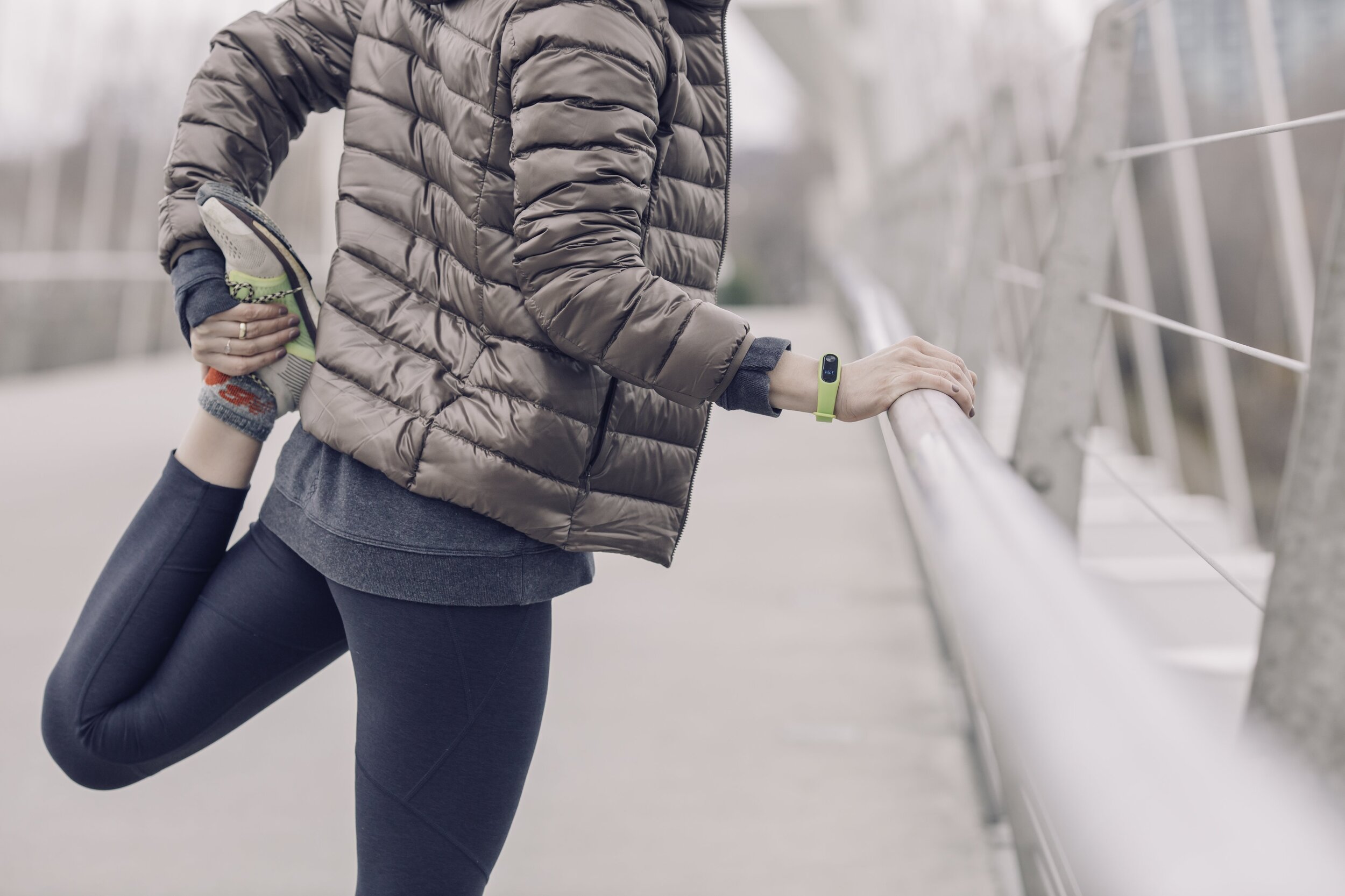Sponsored by Zappos. All opinions are my own.
If there is a way to get a runner hyped for their training program, it’s with a fun, new pair of shoes. My motto for gear is: the brighter, the better! Along with an energetic color, of course my running shoes need to have the right qualities to lead me to fast and comfortable miles. I tend to choose my running shoes based on the type of run I’m going for—easy, tempo, sprints, or long runs. If you’re like me and have issues such as plantar fasciitis, a history of foot or ankle injuries, or simply weak ankles, then support is the number one quality to seek.
I got a new pair of Asics from Zappos and I’m obsessed, especially since they are the brightest any running shoe can be! If you’re not into the neon colors, Zappos has so many others available. I get pretty much all of my running apparel and shoes from Zappos and they satisfy my every need without fail! You can always count on their knowledgeable customer service to help guide you to the best picks and take care of any issues. They also offer free expedited shipping if you are a VIP rewards member (which is FREE to sign up!) and free returns for one year. It’s the best place to shop for all running essentials!
Every Day Runner
If you are looking for all around cushioning, Asics Gel Nimbus 22 is a good choice. It’s packed with their signature Gel Technology both in the forefoot and rearfoot to provide comfort to the entire foot, while absorbing shock during impact. I’ve been running in the Nimbus 22 for about 6 weeks now, and they’ve only gotten better with every run. I’ve tried them out for every type of workout, but seem to love them the most for my medium to long easy runs. These are the sessions that I use as both recovery and aerobic work so I can tell you the Nimbus 22 are perfect for keeping my feet from getting sore or overworked.
At first this pair took a couple of runs to really break in. They felt slightly stiff, but by day three they were extremely flexible, yet still supportive throughout the gait cycle. Push-off feels springy, but not so much that excessive pressure rolls onto the balls of the feet and toes. One update from the previous model that adds to the responsiveness is an extra 2 millimeters of plush FLYTEFOAM Propel technology. It keeps it springy with a softer landing. The “stiffness” I felt is actually a benefit because it aids in supporting the foot when making turns especially at a fast pace. My ankles are on the weak side, so any time a shoe keeps my ankle from rolling is a bonus!
Durability is Key
The unfortunate issue year round distance runners have to deal with is the quick wear and tear of our favorite pairs. You would think speed workouts wear away shoes quicker, but for me it’s the every day pairs—the ones I wear for my easy medium to long runs, since they make up the bulk of my weekly mileage. Most brands create running shoes with the lightest materials possible, since it truly does make a difference for speed, but unfortunately make the shoes less durable. Asics uses a technology called Trusstic System, which enhances the structural integrity of the shoe, but still keeps it lightweight. Usually a significantly supportive shoe will be the opposite—heavy and bulky. There are other materials built into the Nimbus 22 that also improve the lifespan, such as AHAR (Asics High Abrasion Rubber), which is embedded within the outsole of the shoe and does not add weight at all. If you come across a running shoe that lasts longer than the typical 200 to 300 miles, you have found a winner! I have not yet reached this mileage yet with my Nimbus 22, but can already tell how much they can withstand after over 120 miles in them so far.
As I mentioned in the beginning, running is much more exciting when you are wearing a good shoe and even more so when the shoe is bright and colorful. In my opinion, something about neon hues brings energy to my runs! These beauties are part of Asics’ Run in Color collection and are currently my favorite out of the many pairs I own! Again, if you are not a fan of the bright colors and are looking for a more minimal-toned, neutral, or less shocking shoe, Zappos has it all!
















